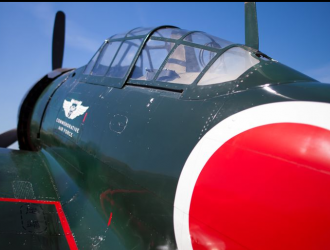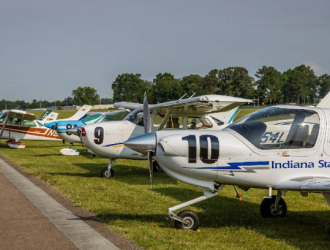
“The flight was great. I never would have known that we had anything different on board,” said MV-22 project officer Maj. Travis Stephenson, the pilot.
The U.S. Navy has used additive manufacturing as a prototyping tool since the early 1990s and in recent years has started printing non-flight-critical parts and tools, Navair said. The aim is to provide digital data that fleet maintainers and industry can use to build parts ondemand at dispersed locations, eliminating the need to order, ship and stock parts. Multiple V-22 components built at Lakehurst and the Pennsylvania State University Applied Research Laboratory have been tested at Naval Air Station Patuxent River, Md., to validate their performance, Navair said.
“The flight today is a great first step toward using AM wherver and whenever we need to,” stated Liz McMichael, Navair AM integrated product team lead. “In the last 18 months, we’ve started to crack the code on using AM safely. We’ll be working with V-22 to go from this first flight demonstration to a formal configuration change to use these parts on any V-22 aircraft.”
The link and fitting assembly will remain on the MV-22B test aircraft for continued evaluation, Navair said. McMichael’s team has identified six total safety-critical parts it plans to build and test on three U.S. Marine Corps rotorcraft platforms: the V-22, the UH/AH-1 and the CH-53K. Three of the parts will be made from titanium; the other three will be stainless steel.



